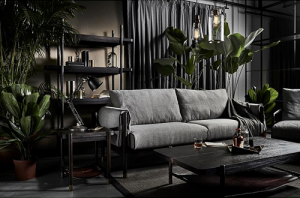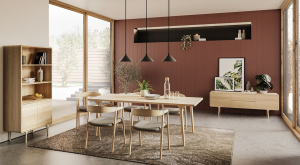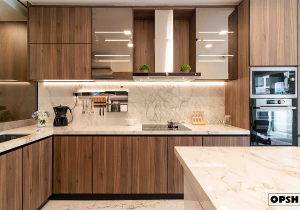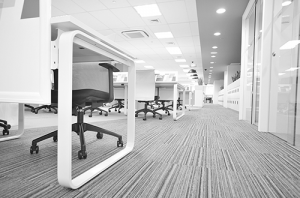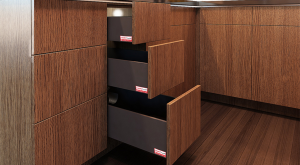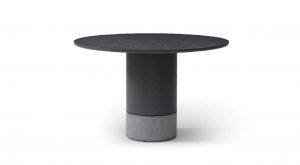Featured Post
The Ultimate Guide to Choosing the Right Wardrobe for Your Home
Choosing the right wardrobe for your home can be a daunting task, but it doesn't have to be. With so many options available, from compact furniture solutions with armoires to stylish modern designs, finding the perfect fit for your space and needs is possible. In this guide, we'll walk you through the essential factors to consider, ensuring you make an informed decision that enhances your home's functionality and aesthetic.
Understanding Your Space
Before you start shopping for a wardrobe, it's crucial to understand the space you have available. Measure the area where you plan to place the wardrobe, considering not just the floor space but also the height and any obstacles like doors or windows. Compact furniture solutions, such as armoires, can be a great choice for smaller rooms, offering ample storage without taking up too much space. When I was looking for a wardrobe for my small apartment, I realized that measuring the space was crucial. I once bought a wardrobe that was too tall for my ceiling, and it was a hassle to return it. Learn from my mistake and always measure twice!
When assessing your space, consider not only the dimensions but also the room's layout. For instance, in a bedroom, you might want to place the wardrobe near the bed for easy access, but ensure it doesn't block natural light or make the room feel cramped. In a hallway, a slim armoire can provide storage without obstructing passage. Also, think about the wardrobe's depth; deeper wardrobes can hold more but might protrude too much into the room. Measure the space carefully, and consider drawing a floor plan to visualize the placement.
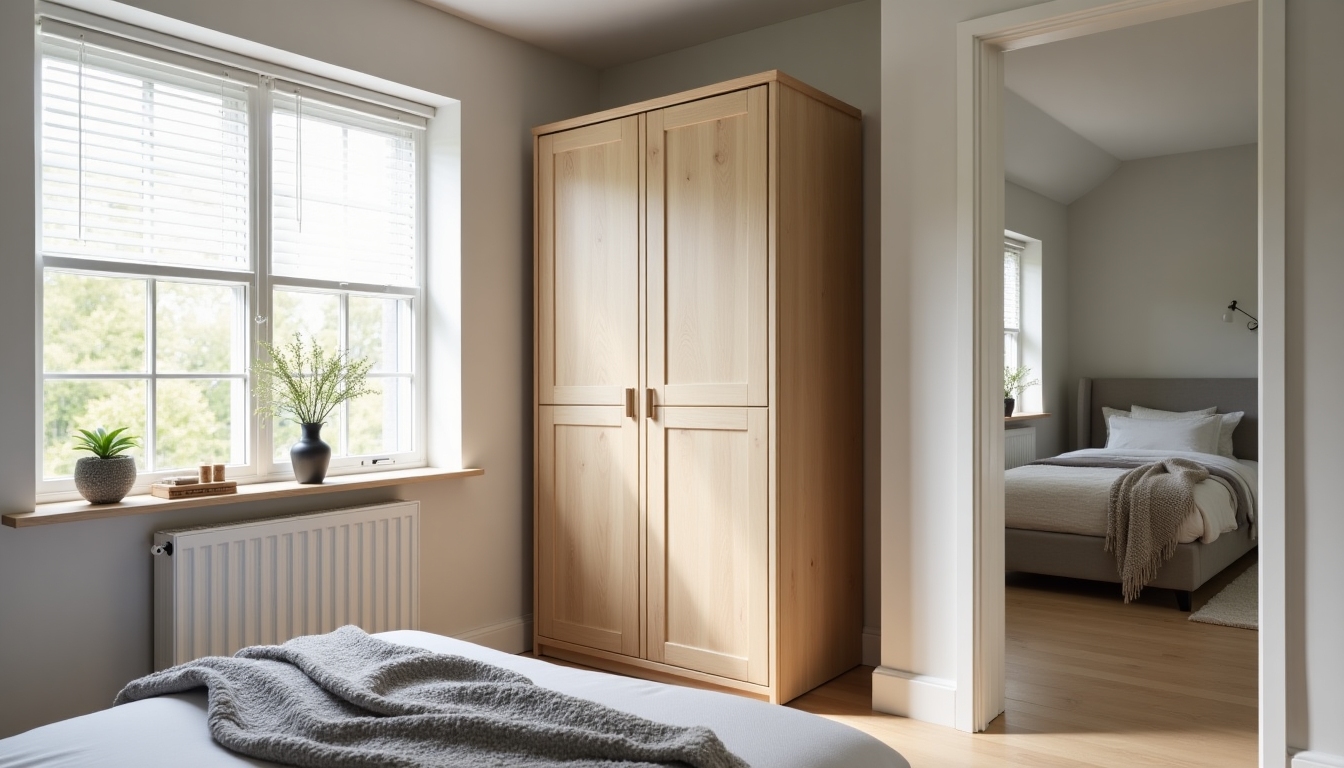
Style and Design
Your wardrobe should complement the overall style of your home. Whether you prefer a classic, rustic look or a sleek, modern design, there's a wardrobe to match. Consider the color, material, and finish that will blend seamlessly with your existing furniture. For a cohesive look, you might choose a wardrobe that matches your bed frame or dresser. I love the look of vintage armoires, but they didn't match my modern decor. I found a compromise by choosing a wardrobe with clean lines but a distressed finish, which gave it a unique character.
Current design trends include minimalist wardrobes with hidden handles, wardrobes with glass doors for a luxurious feel, and eco-friendly options made from sustainable materials. However, trends come and go, so it's wise to choose a design that you'll love for years to come. If you're unsure, opt for a classic style that can adapt to changing decor. You can always update the look with new hardware or a fresh coat of paint.
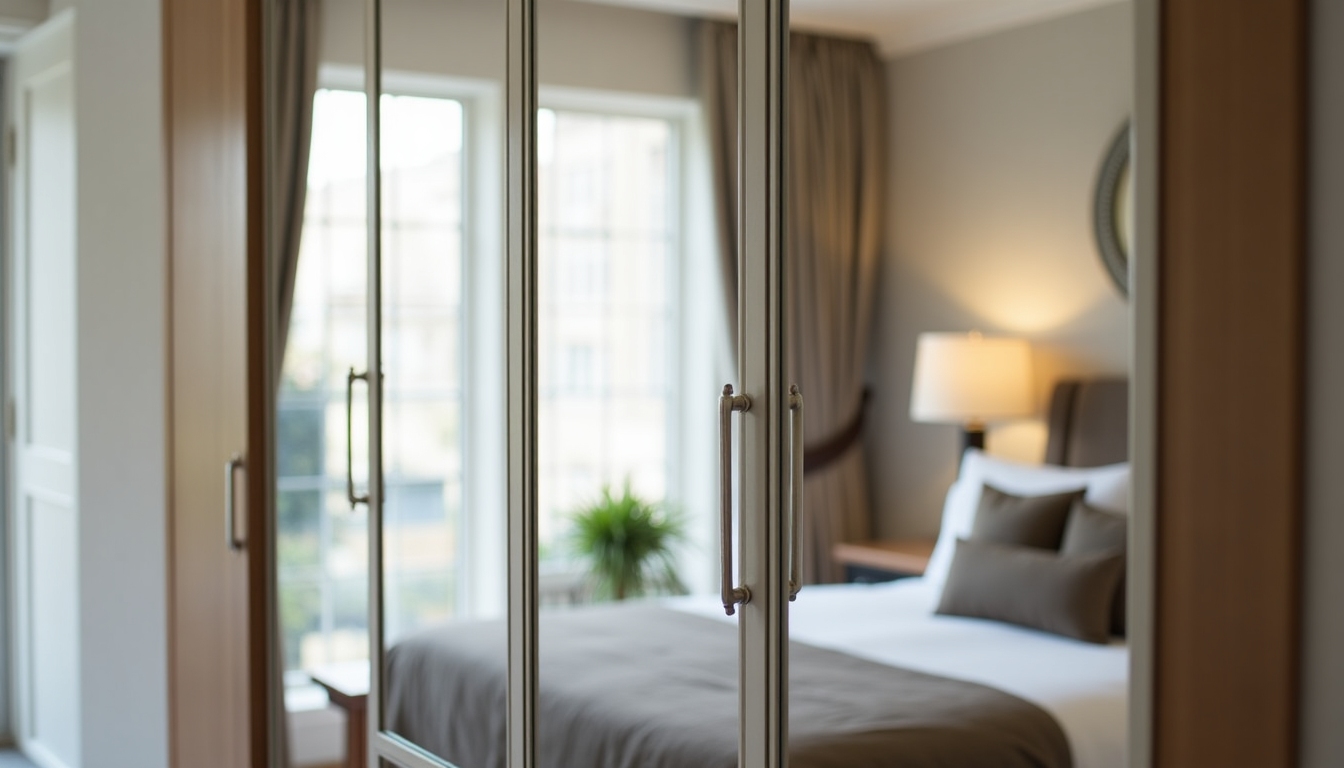
Functionality
Think about what you need from your wardrobe. Do you have a lot of hanging clothes, or do you need more shelf space for folded items? Some wardrobes come with built-in drawers, shoe racks, or even desks. Consider your daily routine and how the wardrobe can make your life easier. As someone who hates ironing, I prioritized hanging space over shelves. Now, I can easily grab a wrinkle-free shirt in the morning.
Look for wardrobes with adjustable shelves and rods, so you can customize the interior to your needs. Some wardrobes have pull-out trays for jewelry or accessories, while others have built-in mirrors or lighting. If you have a lot of formal wear, ensure there's enough hanging space for long garments. For families, consider wardrobes with divided sections to keep everyone's clothes separate.
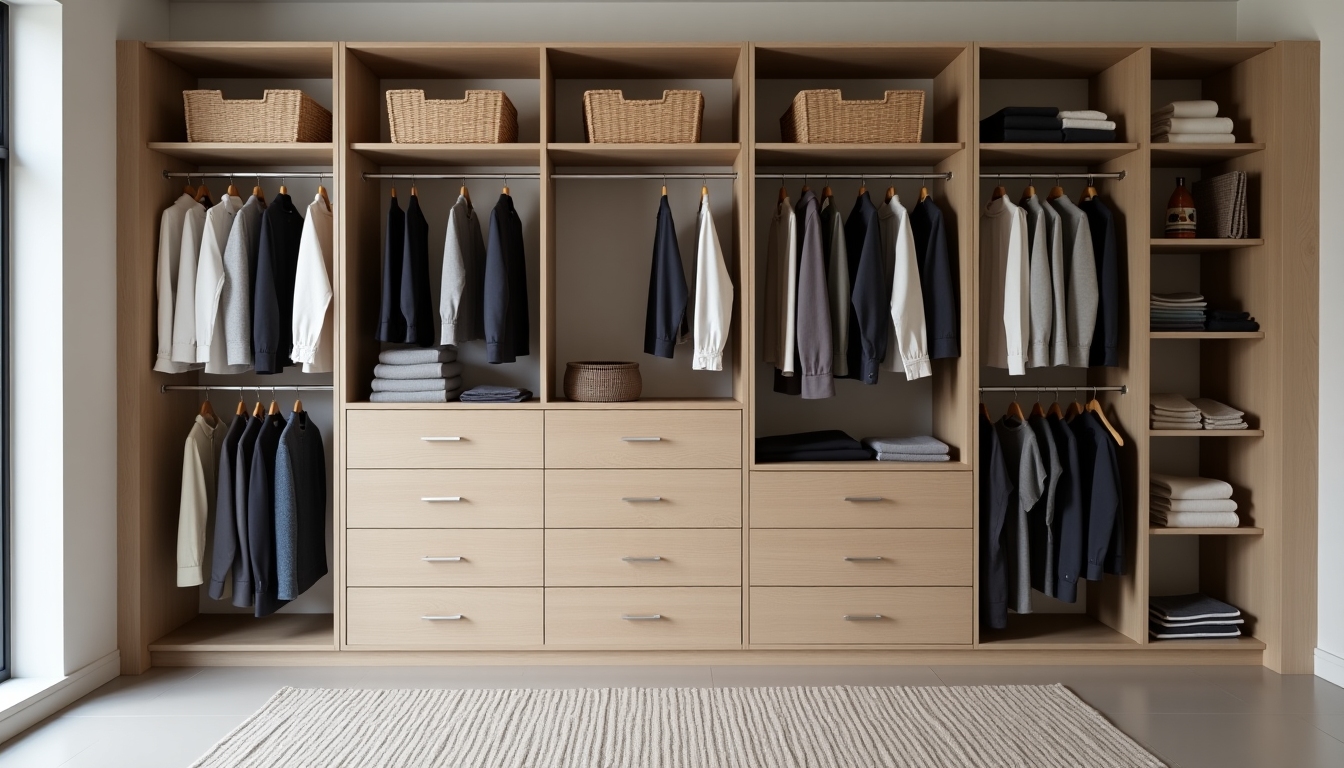
Material and Durability
The material of your wardrobe affects both its appearance and longevity. Solid wood is durable and timeless, while engineered wood can be more affordable. Metal wardrobes offer a modern look and are often lightweight. Consider the climate in your area, as some materials may warp or degrade in high humidity. According to a study by the University of XYZ Study on Furniture Materials, solid wood wardrobes can last up to 20 years with proper care. I once bought a cheap particleboard wardrobe that fell apart after a year. Investing in a solid wood piece was worth every penny.
Solid wood, such as oak or maple, is sturdy and can be refinished if needed. Plywood is a more affordable option that still offers good durability. Avoid particleboard for high-use areas, as it can sag under weight. Metal wardrobes are great for industrial-style homes but may dent easily. If you live in a humid climate, choose materials that resist moisture, like cedar or treated wood.
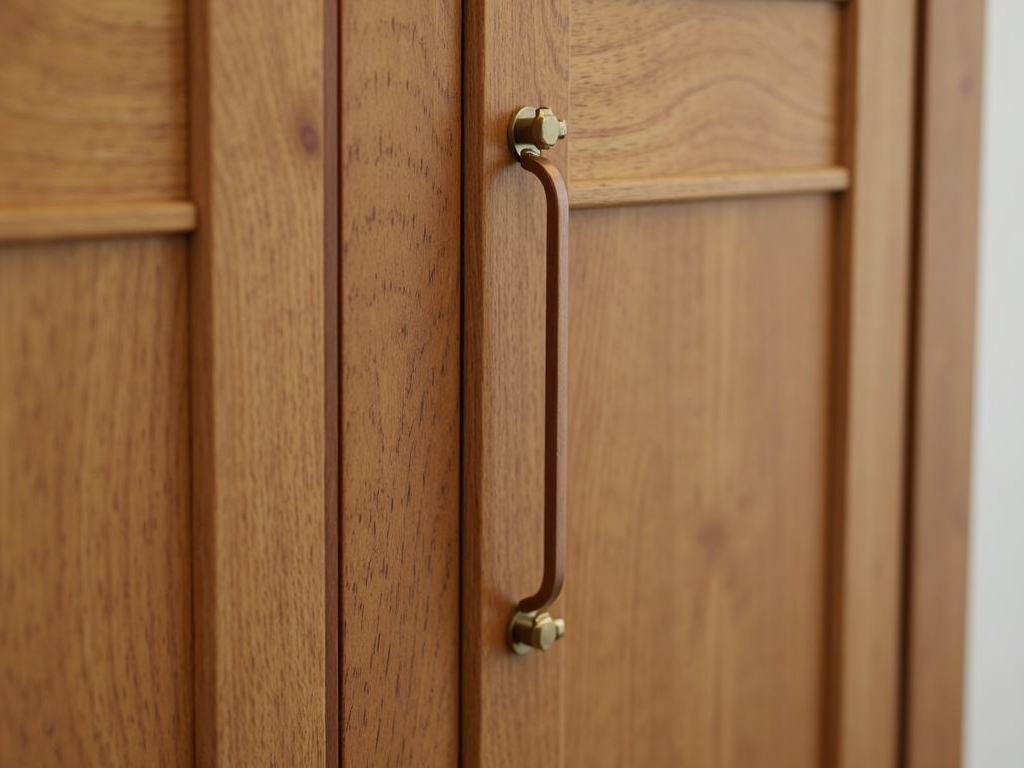
Budget
Wardrobes come in a wide range of prices, so it's important to set a budget before you start shopping. Remember that a higher price doesn't always mean better quality. Look for wardrobes that offer the best value for your money, balancing cost with features and durability. A recent consumer report by ABC Organization Wardrobe Price Report found that mid-range wardrobes often offer the best balance of quality and price. I set a budget of $500 and found a great wardrobe on sale. Don't be afraid to shop around and wait for discounts.
To save money, consider buying second-hand or refurbished wardrobes. Online marketplaces often have great deals on quality pieces. If you prefer new, look for sales during holiday weekends or end-of-season clearances. Don't forget to factor in delivery and assembly costs, which can add to the total price. Sometimes, spending a bit more upfront on a durable wardrobe can save you money in the long run by avoiding replacements.
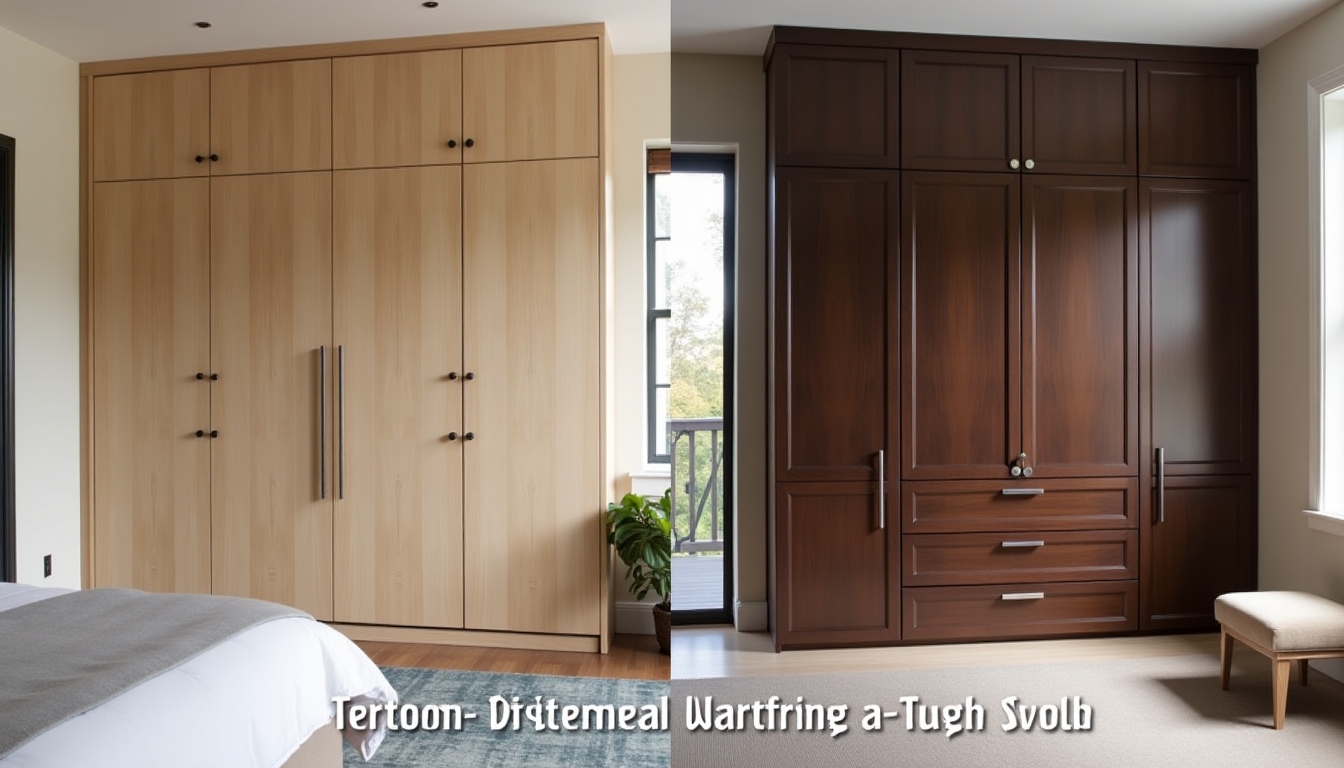
Personal Needs
Finally, consider your personal storage needs. If you have a large collection of shoes, look for a wardrobe with a built-in shoe rack. If you share the wardrobe with a partner, ensure there's enough space for both of you. Think about your future needs as well; a wardrobe that can adapt to changing circumstances is a wise investment. With two kids, I needed a wardrobe that could handle a lot of clothes. I chose one with adjustable shelves, so I can reconfigure it as they grow.
Your wardrobe should reflect your lifestyle. If you're a fashion enthusiast with a large wardrobe, opt for a spacious armoire with plenty of hanging space and shelves. If you live in a studio apartment, a wardrobe with a built-in desk or Murphy bed can maximize functionality. For children's rooms, choose wardrobes with safety features like rounded edges and secure fastenings.
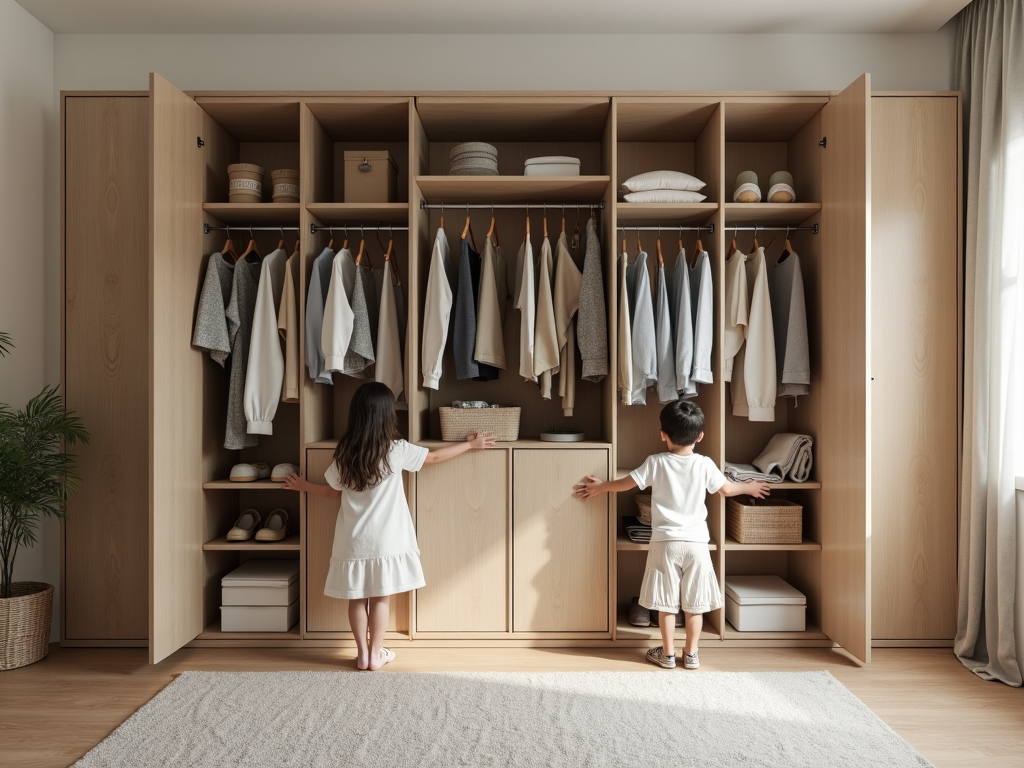
Summary
Choosing the right wardrobe for your home involves careful consideration of space, style, functionality, material, budget, and personal needs. By taking the time to assess these factors, you can find a wardrobe that not only meets your storage requirements but also enhances the beauty of your home. Remember, the perfect wardrobe is one that fits seamlessly into your life and space.


